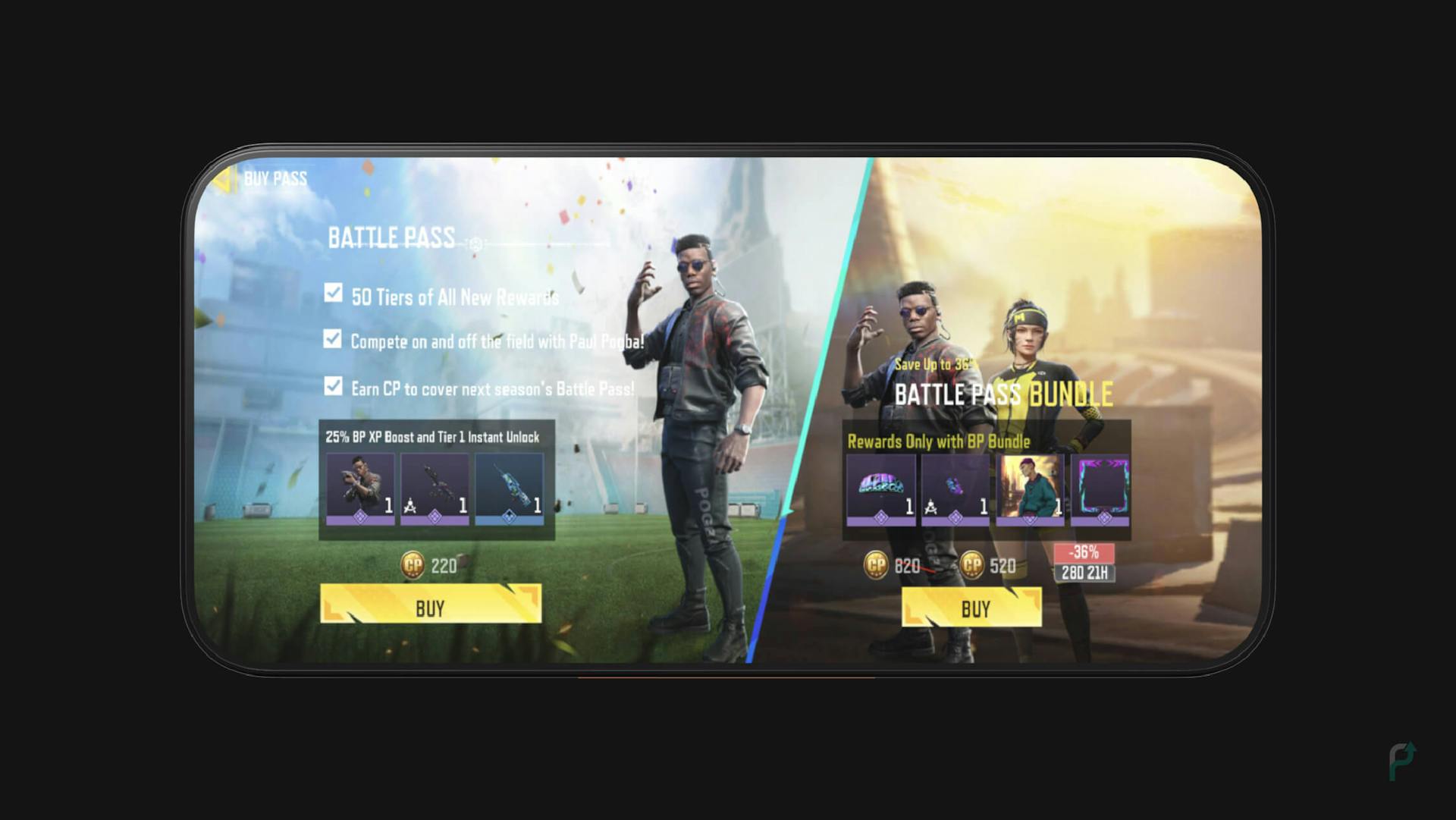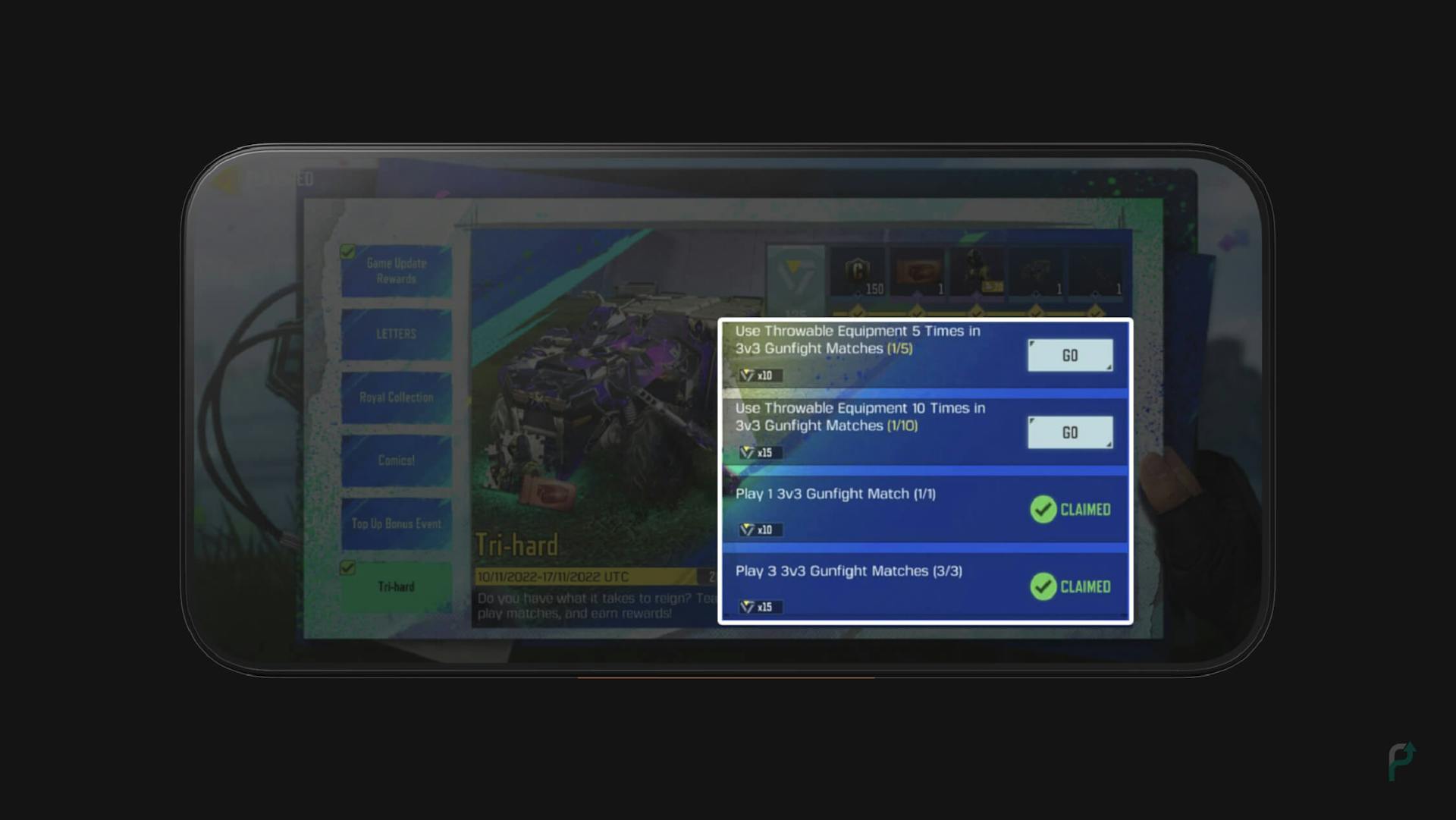Back to Blogs
26 February, 2024
In-app purchase: is it good or bad for monetization
Editorial Team

Millions of mobile apps on the Apple Store and Google Play Store are currently free to download. While this is great news for users, it leaves developers in a difficult position, having to find creative ways to generate revenue.
This is where in-app purchases come in.
In-app purchases (IAP) are the most well-known monetization model for mobile apps and games. According to Business of Apps, an estimated 80% of gaming applications employ such a system. But, as most developers know, only about 5% of users make these purchases, which means a massive market of non-paying users can still be captured.
How can developers improve success rates? And what’s the solution to tap into that elusive 95% of non-paying mobile app users? For answers to all these questions, let’s take a deep dive into the world of in-app purchase monetization.
What are in-app purchases?
In-app purchases (IAPs) represent a widely employed monetization model for mobile apps, addressing the challenge faced by developers of offering free-to-download apps. Essentially, IAPs allow users to buy additional content, features, or services within the app, providing a revenue stream for developers beyond the initial download.
Types of In-App Purchases
As any experienced developer knows, in-app purchases are offered through the app store or via direct payment. They can come in several forms.
Apple outlines three different kinds of in-app purchases. Let’s take a brief look at each:
Consumable In-App Purchases
Consumables refer to features, privileges, or rewards that users can purchase multiple times and can be used immediately after they’re bought. Some examples of consumables include extra lives, virtual currencies, or power-ups for games.
Consumables are purchased by highly engaged players who don’t want to wait for these rewards to naturally replenish in the next few hours or days.
The best consumables integrate seamlessly into the gameplay while avoiding pay-to-win situations.
Non-Consumable In-App Purchases
Non-consumables are one-time purchases with no expiry date and can be used repeatedly. They could also be used on other devices associated with the same account.
Non-consumables unlock special—and permanent—features. Some examples include ad removal, premium character skins, upgrades, or bonus levels.
Rewards offered through these purchases should increase engagement or loyalty while, once again, avoiding the dreaded pay-to-win.
Subscriptions
 Battle Pass Subscriptions
Battle Pass SubscriptionsThe subscription model is, of course, well-established by streaming platforms. Similarly, in mobile applications, users are given ongoing access to premium features in exchange for a fixed monthly or annual fee.
There are two broad categories of subscriptions: auto-renewal subscriptions and non-auto renewal, which run only for a fixed period. Some examples of the former include Netflix or Spotify Premium, while fixed subscriptions include features on some news apps or games with seasonal offers.
The Pros and Cons of IAPs
The in-app purchases market is huge. According to Grand View Research, it was valued at $165.85 billion in 2022 and is estimated to grow at a compound annual growth rate of 12.9% from 2023 to 2030.
How will this benefit developers?
- IAPs are stable sources of income for companies. As mentioned, many popular apps are free to download, making this revenue crucial for growth and continued success.
- IAPs are more affordable than in-app advertising and less likely to be ignored by users.
- The features and rewards offered by consumables and non-consumables increase customer engagement levels.
- Customer loyalty also increases, as users will be less likely to look up similar apps after investing in in-app purchases.
- IAPs are a great source of customer data, providing critical insight into what users want from a game and which features are falling flat.
At the same time, developers will have to grapple with the following challenges:
- Up to 95% of all users opt out of in-app purchases. To see any significant gains, developers must invest heavily in building a broad user base and capturing a higher percentage.
- When in-app purchases are not thought through, they fail to have the desired impact. IAP strategies that are too pushy or out-of-place further discourage users. Balance is important, as purchases that don’t promise too much value aren’t as effective.
- As mentioned earlier, it can be difficult to strike a balance between offering added value and creating a pay-to-win situation.
Best Practices for In-App Purchase Monetization
To deal with the challenges outlined above, here are some best practices for app developers:
Offer Value
In-app purchases should center around enhancing user experience. Features, products, or rewards should tie in with the app’s mission and promise enough value for a user to make a purchase.
Focus on User Experience
Developers must be responsible when creating in-app purchases. If they expect customers to spend money on their app, they must iron out bugs, ensure secure payment methods, and provide sufficient support to address emerging issues.
Think About Pricing
Most in-app features tend to be of low monetary value to encourage more users to purchase more often. Developers must take extra care to balance offering too much for too little or asking for huge sums that discourage users.
Study, Learn, and Evolve
One of the benefits of in-app purchases is that they provide a wealth of data related to customer preferences. Developers should leverage these metrics to come up with new ideas, enhance existing features, or tweak pricing.
Offerwalls: An Emerging Monetization Avenue
While the practices mentioned above can help increase the number of paying customers, one monetization strategy has emerged as a game-changer in dealing with the 95% who opt out of in-app purchases: Offerwalls.
Offerwalls are ad units that reward users by making them complete simple tasks—a literal wall of offers. Examples of such tasks include watching a video, filling out a short survey, or playing mini-games within a game.
 Offerwall Ad Unit
Offerwall Ad UnitBecause these tasks can be carried out at the user's discretion, they don’t come across as pushy advertisements and significantly improve engagement rates.
Furthermore, completion of these tasks offers similar rewards to in-app purchases, thus grabbing the attention of non-paying users. Research suggests that more than nine in ten players who engage with the Offerwall are non-payers.
Here are some other benefits that come with an Offerwall:
- Increased ad revenue: Those who engage with Offerwall tasks are more likely to be high-quality users, for which advertisers pay a premium. Offerwalls generate high eCPMs (Effective Cost Per Mille/Thousand Impressions) for publishers.
- Multiple Revenue Streams: With Offerwalls, publishers can partner with a wider range of advertisers, such as those who pay for user engagement. This reduces a developer’s dependence on a single source of income.
- Increased Retention: Users who engage with Offerwalls play for longer periods, as they can earn in-game currency without having to make a purchase.
- More In-app Purchases: And finally, Offerwalls are the perfect complimentary strategy for in-app purchases. Apart from generating revenue from 95% of non-paying customers, research shows that customers who engage with Offerwalls are more likely to purchase in the future.
Implementing Offerwalls also comes with certain challenges. Developers must focus on offering a seamless, bug-free experience, implementing basic compliance safeguards, and developing issue-resolution mechanisms, among others. But its benefits cannot be understated.
The Bottom Line
In conclusion, the debate over in-app purchases (IAPs) as a mobile app monetization strategy reveals both advantages and challenges for developers. While IAPs offer diverse options such as consumables, non-consumables, and subscriptions, the hurdle remains that up to 95% of users opt out of such purchases. Striking a balance between value and non-intrusiveness is essential.
Despite challenges, IAPs provide stable income, enhance engagement, foster loyalty, and offer valuable data. The emergence of Offerwalls, rewarding users for simple tasks, addresses the challenge of capturing non-paying users' attention. This strategy diversifies revenue streams, boosts retention, and potentially leads to more revenue than in-app purchases.
Although implementing Offerwalls has challenges, the benefits outweigh them. In essence, in-app purchases, coupled with Offerwalls, have the potential to reshape mobile app monetization, offering developers new revenue streams and long-term success in the evolving industry.
The only ad platform built for developers by developers.
Contact us now for a product that fits your needs! It’s quick, simple and easy.


